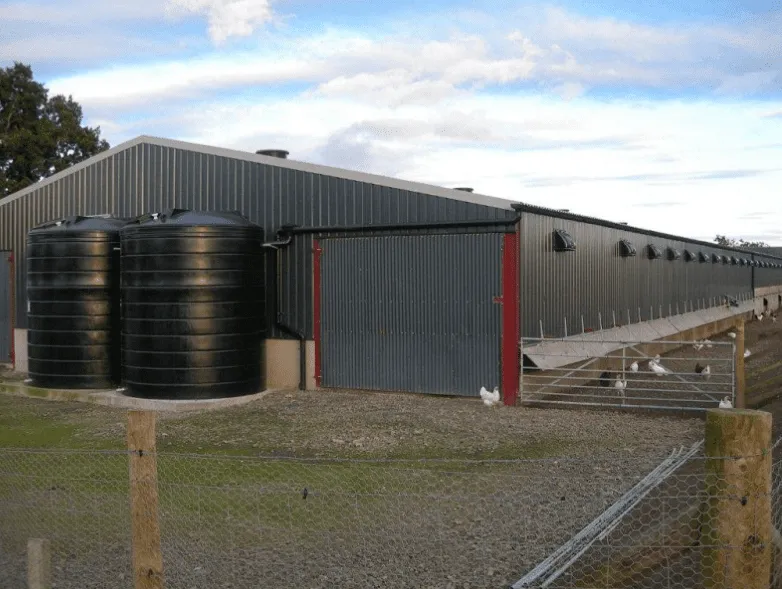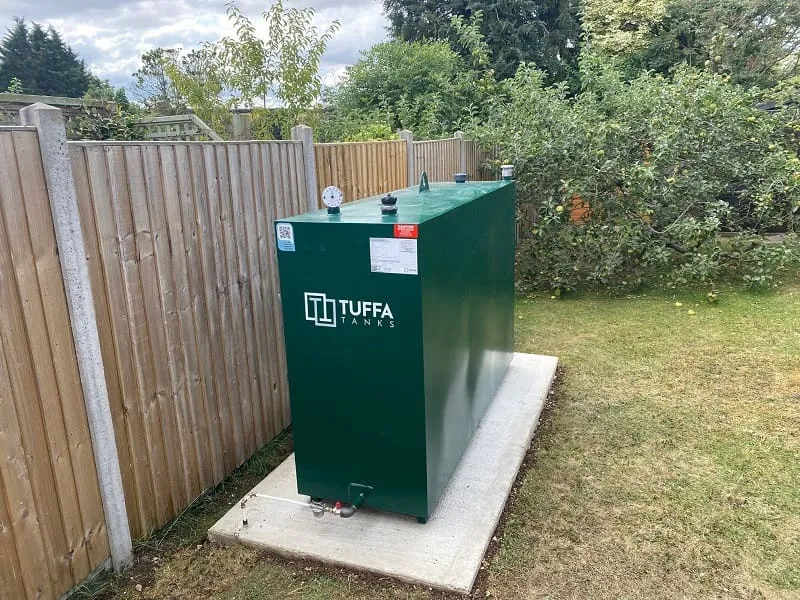The oil industry is one that is full of risk. From the moment oil is extracted from the ground to the moment it is transported to its final destination, there are many opportunities for something to go wrong. This is why any company that works with oil from extraction to tank installation and oil supply needs to have effective risk management procedures in place.
Oil spills are detrimental to the environment and can devastate local wildlife and ecosystems. Adhering to stringent oil risk management procedures not only helps to protect the planet but also protects brand reputation and reduces the costs oil companies have to pay out in oil contamination insurance claims.
Risk factors that contribute to oil spills
There are oil spill risk factors that oil companies need to consider and manage. This includes environmental issues such as extreme weather conditions, but also human error. For example, a worker may accidentally leave an oil tank valve open, or forget to close a containment barrier properly after performing oil tank maintenance tasks.
When it comes to oil spills, there are some commonalities that many businesses in the oil industry face. This includes the following…
Lack of commitment to safety
One risk factor that oil companies need to address is a lack of commitment to safety. When workers don’t take oil tank safety seriously, they may not adhere to the correct tank maintenance procedures and end up causing an oil spill inadvertently.
Safety culture needs to be built into the oil company as a whole. Oil spill prevention is not just the responsibility of oil tank maintenance workers, but also every other employee who works for the oil company in some capacity.
Poor hazard analysis
A hazard analysis looks at all the possible risks associated with a certain task or activity and assesses the likelihood of those risks occurring.
When this process isn’t carried out effectively, oil companies can end up overlooking potential dangers and putting their workers and the environment at risk.
Failing to implement an oil risk management policy
Even if a hazard analysis is carried out effectively, it won’t do much good unless the oil company has an oil risk management policy in place to put into action. This policy should outline how the company will prevent and respond to oil spills.
It should also be communicated to all employees so that everyone understands their role in preventing oil spills from happening.
Inadequate design for safety
Proper safety design must be implemented from the ground up to mitigate the risk of oil spills. This includes installing bunded oil tanks, oil monitoring systems and regularly inspecting them to ensure they are still in good condition.
What does effective risk management in the oil industry look like?
Oil risk management can involve a variety of different procedures, depending on the type of business you run. Essentially, it’s about mitigating oil spill risks and protecting your staff and the environment whilst handling large quantities of oil.
Regular inspections
For example, oil risk management solutions could include oil storage tank inspections and compliance assessments. This should be regularly carried out to ensure your oil storage tanks are in good working order and the government safety guidelines are being met.
Oil risk assessments
Completing a thorough oil risk assessment will help your workers clearly see and understand the risks associated with their work. This will help to develop an effective oil spill prevention plan and ensure that your staff are fully aware of what they need to do in order to keep everyone safe.
It’s also essential to carry out an oil tank risk assessment to identify any potential risks associated with your oil tanks. This could include things like the type of oil stored, the age and condition of the tank and the location of the tank.
Oil spill prevention
Another key part of oil spill risk management is preventing oil spills in the first place. This can be done with bunded oil tanks, which have a secondary containment layer for additional protection. If there is a spillage, the oil will be contained within the tank and not released into the environment.





























